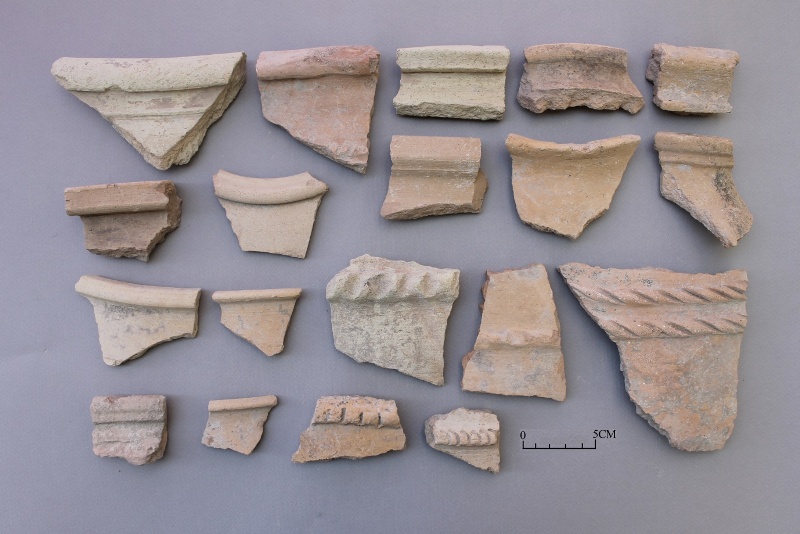
The surface findings and the high volume of settlement deposits in Noshiravan Hill, Sar Pole Zahab in Kermanshah Province, show that the main settlement in this hill dates back to the Neolithic period and the second millennium BC, the Public Relations Office of the Research Institute of Cultural Heritage and Tourism (RICHT) quoted Sajjad Ali Beigi Head of the exploration team as saying on Tuesday.
All the materials and the clay work findings of the Copper and Stone periods had been commonly used in the Mesopotamian plain and on this basis it should be admitted that these areas in the Copper and Stone periods were parts of the cultural domain of the Great Mesopotamia, Ali Beigi said.
He also said that Noshiravan Hill is one of the great settlements of the Zahab Plain with a span of about 10 hectares which was studied and surveyed during the project.
He also pointed to the agricultural activities with an aim of developing agriculture, saying such activities have led to the ploughing of the area and even some of the village dwellers are trying to annex parts of the lands to their properties.
The archaeologist pointed to the gathering of a relatively large collection of clay pieces during the exploration operations of the large Noshiravan site and said this collection belongs to the Neolithic period (7th millennium BC), Copper and Middle Stone (5th millennium BC), the second millennium BC and a few examples of the Parthian era.
Regarding the importance of the site and existence of important evidence from the Middle and New Neolithic periods, especially the second millennium BC, as well as the present threats on the limits and privacy of the area, the plan to determine the limits and privacy of the hill was put on the agenda in line with the cultural studies of the tropical project.
9376**2044
 solhkhabar | Peace International News Agency Peace International News Agency , Peace News , International Agency News of Peace
solhkhabar | Peace International News Agency Peace International News Agency , Peace News , International Agency News of Peace